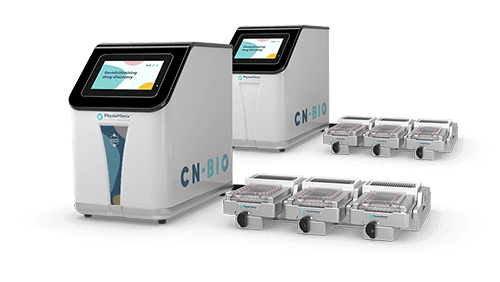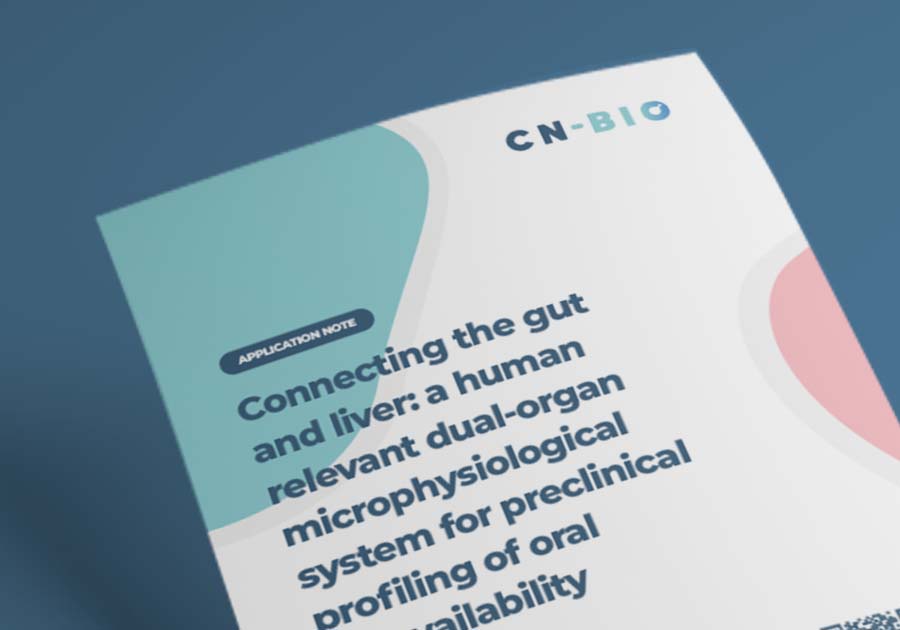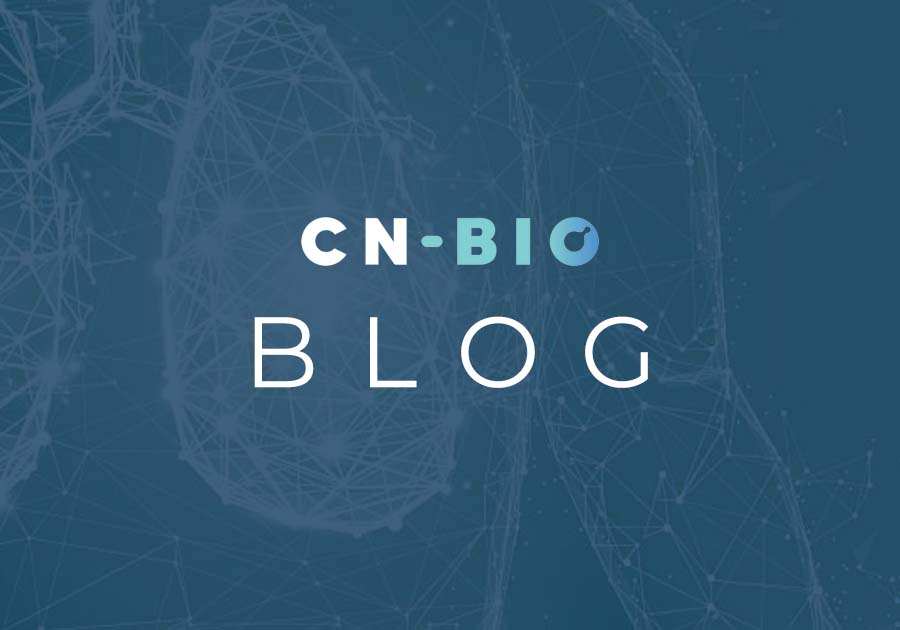Knowing a drug’s bioavailability during lead optimization is crucial as it directly influences dosing strategy, therapeutic efficacy, safety margins, and formulation design.
Historically, bioavailability estimates have relied heavily on animal studies, which are not only expensive but often fail to predict human in vivo outcomes accurately. Additionally, traditional approaches rely on isolated in vitro assays that also often fail to predict human drug absorption and metabolism accurately. This leads to costly late-stage failures with pharmacokinetics and bioavailability being the third most common cause of attrition (16% of failures) in Phase I clinical trials for compounds developed by major pharmaceutical companies (Waring et al 2015). Our blog explores how we are integrating in silico tools with Gut/Liver-on-a-chip to deliver more accurate bioavailability predictions that reduce our reliance on animal use.
The PhysioMimix® advantage
At CN Bio, we’ve taken a novel approach to address these limitations by combining a primary human Gut/Liver microphysiological system (MPS, also known as Gut/Liver-on-a-chip) with advanced computational modeling. This integrated strategy bridges the gap between in vitro testing and in vivo outcomes, offering a more human-relevant alternative that:
- Improves prediction accuracy
- Reduces reliance on animal studies
- Delivers a more time- and cost-efficient process
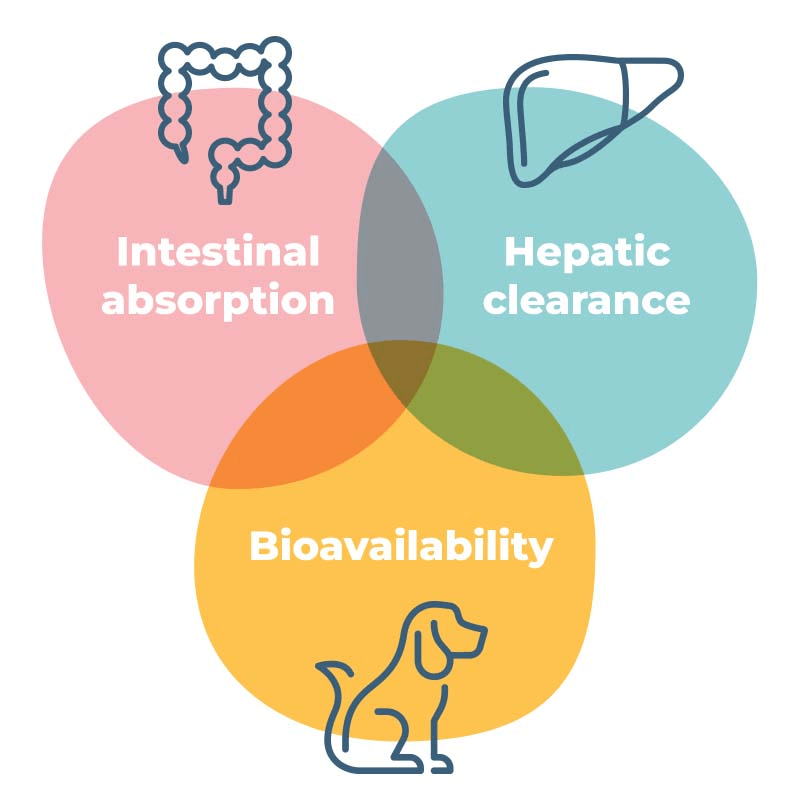
Our PhysioMimix multi-organ Gut/Liver model uniquely allows for intestinal absorption and hepatic clearance to be studied in a single, interconnected system, unlike traditional approaches that assess these functions in isolation. This connectivity mimics human physiology and offers a holistic understanding of bioavailability.
A common concern researchers express is whether MPS platforms offer proven advantages over traditional models, and whether transitioning from familiar assays to organ-on-a-chip systems is too complex. This can be a daunting transition, but we are here to help you through it.
Our internal assay validation and adopter experiences have demonstrated that the PhysioMimix Bioavailability assay kit: Human 18 can be implemented without significant hurdles. The all-in-one Bioavailability assay kit contains everything you need to start running MPS experiments as a part of your pipeline in no time. However, we have noticed that certain questions around how to use the assay and its data consistently arise when corresponding with users.
Moreover, regulatory shifts are accelerating the adoption of New Approach Methodologies (NAMs) like the FDA Modernization Act 2.0. The recent announcement by the FDA on its decision to phase out animal testing requirements for monoclonal antibodies, with plans to extend these changes to other drug classes, is cementing MPS as a valuable approach in modern drug discovery pipelines.
Enhancing MPS with computational modeling
Integrating in silico tools with organ-on-a-chip workflows enhances the interpretation of our results and unlocks the ability to use MPS-derived parameters in downstream physiologically based pharmacokinetic (PBPK) modeling. The FDA has emphasized the growing importance of PBPK modeling in their roadmap to reduce animal testing in preclinical safety studies, highlighting the value of integrating experimental data with simulation tools.
Why mechanistic modelling matters
To facilitate the adoption of our advanced in vitro assays, we are developing, with a view to commercializing, computational models. Our computational models enable in silico simulation of experiments before they reach the wet lab. This predictive power allows us to optimize experimental design and refine dosing concentrations, sampling times, and other key variables, enabling our experimentalists to generate meaningful results more efficiently. Eliminating the guesswork in setting drug concentrations and time points for sampling, the PhysioMimix Bioavailability assay kit plus computational tools provides guidance at every step.
Our computational models, which are based on the mechanistic details underlying the Gut/Liver-MPS, allow us to extract meaningful ADME parameters from complex datasets, many of which would be difficult to quantify using traditional approaches. These can be used to better inform PBPK modeling, or in vitro to in vivo extrapolation (IVIVE).

From each replicate of an MPS experiment, we can now identify multiple pharmacokinetic parameters that would typically have required separate assays to determine. Mechanistic modeling also opens the door to deeper biological insights. It allows us to address critical questions like: “When does saturation occur?” or “At what concentration does the system show non-linear behavior?”.
By integrating in silico tools with organ-on-a-chip technology, we can answer these questions with greater precision at a fraction of the cost of the equivalent animal studies.
Integrating in silico tools with organ-on-a-chip: midazolam case study
In a peer-reviewed publication (Abbas et al., 2025), we demonstrate the workflow of using organ-on-a-chip data to determine pharmacokinetic parameters and the bioavailability of midazolam. From a single set of experiments, we were able to quantify the midazolam concentration over 72 hours. The data showed the compounds being absorbed, translocating the gut membrane and entering the liver compartment, where the liver metabolized most of the compound.
Following the acquisition of the experimental data, we developed mathematical models to describe the movement of midazolam throughout the MPS. This process allowed us to generate several feasible models with distinct assumptions, which were all fitted to the experimental dataset. Each model was then ranked according to a performance criterion and the best-performing model was chosen. Using Bayesian methods, we could determine the confidence intervals of key parameters such as intrinsic hepatic and gut clearance (CLint,liver and CLint,gut), apparent permeability (Papp) and efflux ratio (Er).
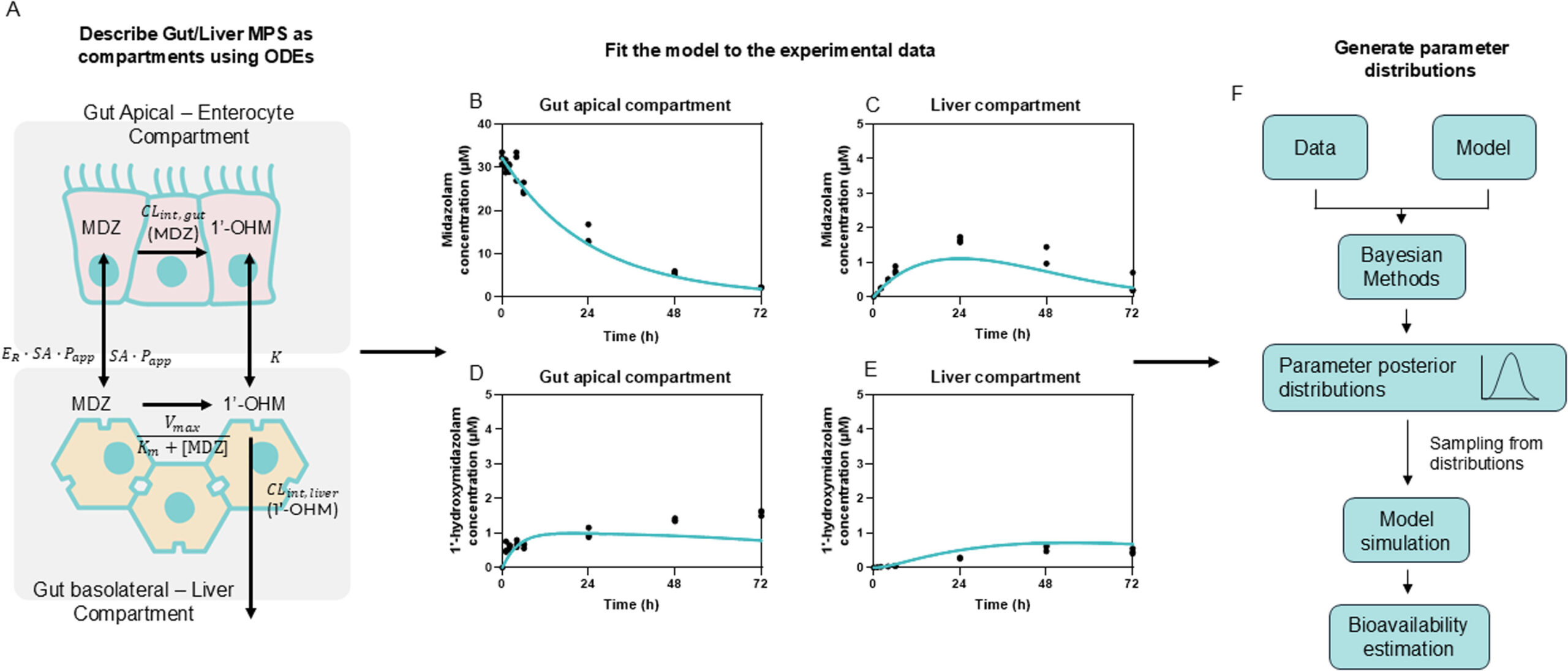
Using the output parameters from the model we were able to generate values for the components of bioavailability, Fa, Fg and Fh (the fraction absorbed, escaping the gut and liver metabolism, respectively) and, by finding the product of these three components, we estimated a value for oral bioavailability of midazolam. Our prediction fell within the observed range of clinical values.
Future outlook
Our method of estimating key ADME parameters allows for organ-on-a-chip experiments to be used in the pipeline of PBPK modeling, as the resulting parameters can be plugged into these more complex models to potentially inform first in human trials.
Conventional approaches to obtaining the necessary parameters for PBPK modeling can be time-consuming, inaccurate and expensive, especially when using animal models. Use of more relevant MPS-based experiments in conjunction with computational modeling offers a cheaper, more translatable method to elucidate important pharmacokinetic parameters of a drug. Further reducing animal studies in the process of lead optimization is another notable benefit of this method.
Our future work integrating in silico tools with organ-on-a-chip is dedicated to further validating the method to evidence the suitability of primary MPS-based assays for lead optimization and as a better alternative to historical methods.
Ready to Get Started?
It is no secret that there is hesitancy around adopting organ-on-a-chip technology into workflows due to experimental costs, relevant internal expertise to perform experiments and proof. However, with regulatory change on the horizon, the time is right to get started with your MPS journey. We have made the onboarding journey easier by developing an all-in-one kit that contains everything required to recreate our dual-organ MPS and bioavailability assay in your laboratory.
Additionally, we have developed and aim to commercialize the in silico tools described above. For now, you can access these tools by outsourcing to our ADME Contract Research Services. Our simulation software helps you to plan your MPS-based experiments, streamline your workflow and reduce experimental costs. The second tool provides an understanding of how to combine data generated using this fully human in vitro Gut/Liver model with in silico computational modeling to improve the quality of input parameters for PBPK modeling and more accurately estimate the in vivo pharmacokinetic parameters of orally administered drugs. A comprehensive overview of this workflow is published in Drug Metabolism and Disposition by Abbas et al., (2025).
How to rapidly integrate MPS into your workflow
There are a variety of options offered by CN Bio. If you are looking to modernize internal workflows, contact us for more information about our industry-proven PhysioMimix technology, plus Bioavailability assay kit: Human18. Alternatively, CN Bio also provides ADME Contract Research Services for experiments to be completed on our premises via our Team. These services can either be used to validate MPS for your specific context of use before investing in PhysioMimix technology in-house. Alternatively, you can outsource your project work to our team of experts to instantly benefit from MPS insights.


